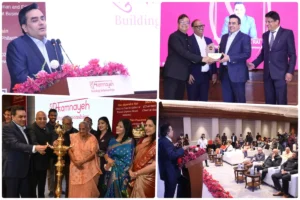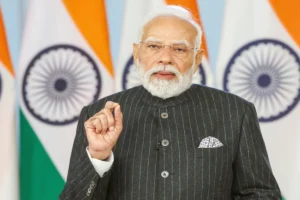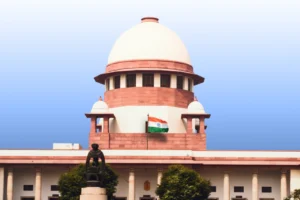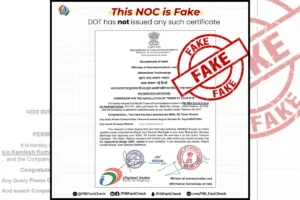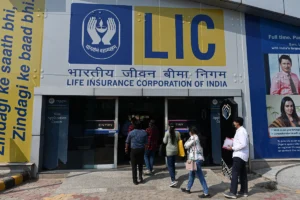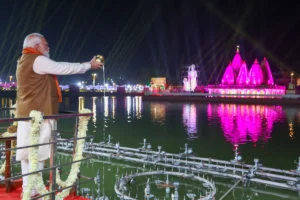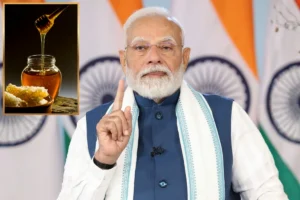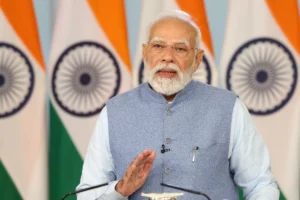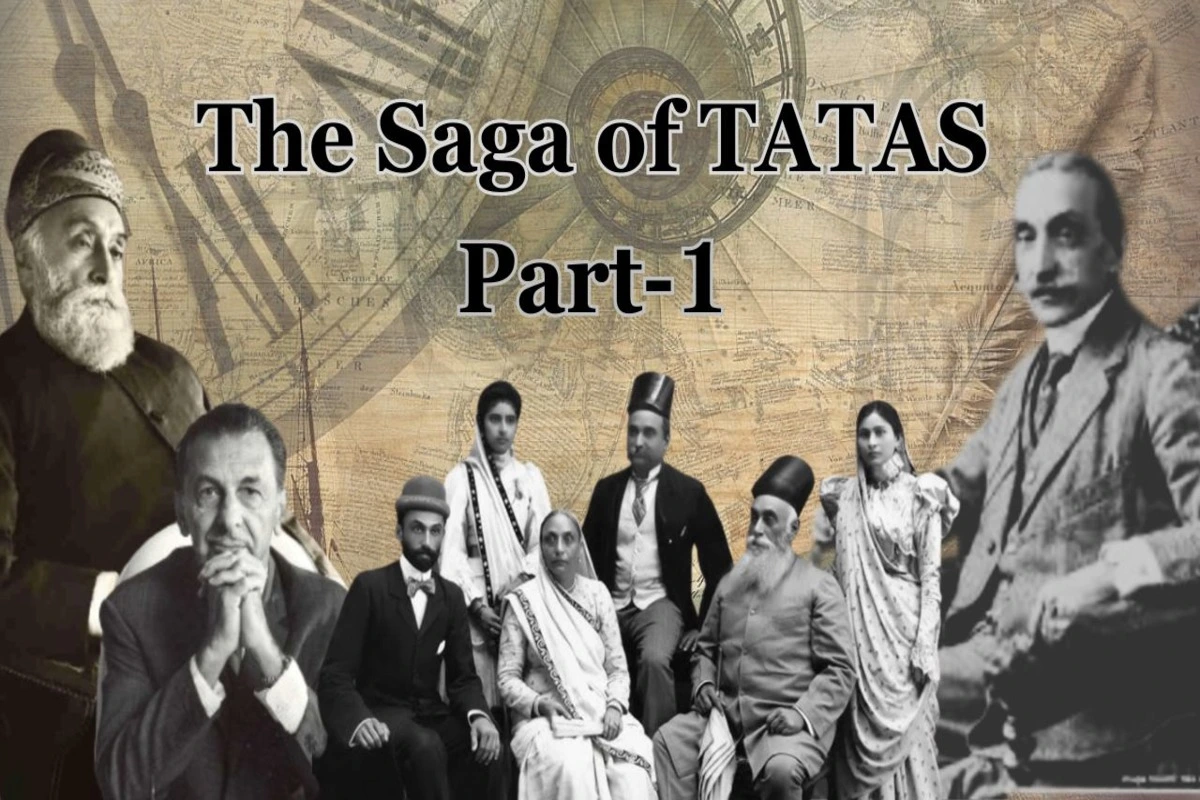
Not many know that it was the TATAS who brought silk to Mysore or that they were the ones who got strawberries to Mahabaleshwar, a popular hill station in Maharashtra now synonyms with the fruit.
Not many are aware, either, that the world’s earliest worker welfare policies were drafted in a TATA venture or that the TATAS were global pioneers in conceiving a hydroelectric projects.
The story of TATA begins with Nusserwanji Tata who was born in 1822, Navsari in Gujarat. The astrologer prophesied that “ The boy is going to rule the world. He will be rich enough to build a seven-story bungalow”. His childhood was similar to that of his friends, which included being married off even before one learnt to walk properly. Nusserwanji’s wife Jeevanbai gave birth to their first child Jamsetji, on 3 March 1839. This Jamsetji Nusserwanji Tata, would become the grand old man, the ‘Bhishma Pitamah’ of Indian industry, laying the foundation of a global business empire. The young Nusserwanji was the first member of his family to leave his village Navsari as he knew that his destiny lay beyond Navsari. In those days for its residents, the village was their world. He had neither higher education nor knowledge of business matters. The only capital he possessed was a burning passion that lit up path and helped him navigate an uncertain and difficult future; he had chosen to dream big without fear of failure.
Once in Bombay now it is called Mumbai, Nusserwanji was drawn to cotton trading and set up his first venture with the help of a local banker and friend. This time also happened to be the period when the teaching of the English Language had begun apace. The Parsi was among the first to realise the value of English education and produced stalwarts like Dadabhai Naoroji, Pherozeshah Mehta and many others. And Nusserwanji, seeing that his business was doing well, realised the importance of getting his son Jamsetji the best and higher level of education possible. Jamsetji Tata was a bright student. And in 1856, he sought admission to the university of Bombay, the same year this new college was built. By the time Jamsetji had acquired a college education, he had also acquired a wife, twelve year old Mirabai Dabu. Nusserwanji was gifted a grandchild by the young couple, Jamsetji was a father at the age of twenty and the newborn baby was named Dorab. Jamsetji took up a job immediately after graduating, but Nusserwanji wanting his son to gain international exposure, sent him to the British colony of Hong Kong, where he launched a company called Jamsetji and Ardeshir with three partners. Nusserwanji and two other merchants, Kalindas and Premchand Raichand. The Tatas, through this partnership, decided to deal in cotton and opium.
Nusserwanji’s brother-in-law Dadabhoy Tata also traded in opium and had an office in Hong Kong. He had a son, Ratanji who was seventeen years older than Jamsetji. When the local government in Hong Kong tried to ban the opium trade, Ratanji Dadabhoy Tata, RD Tata for short, along with another businessman in the same trade David Sassoon petitioned the British government to intervene. In those days, trading in opium did not raise eyebrows the way it does in today’s world. It had medicinal uses and had been used extensively in the Crimean War (1853-1856). It was considered legitimate business everywhere but China, where it was considered a social evil. The ruling Qing Emperor had banned the trade of opium in China. British traders, not wanting to let go of their profits from opium, found a way out. They asked the Chinese traders to sell them opium in Calcutta, On paper could be shown as opium being received by British traders as payment for tea they sold to their Chinese counterparts. Once they received the opium, the British traders pushed it back into China through smuggling routes. The Industrial Revolution in Britain and the country’s rapid growth thereafter were fuelled quite a bit by this opium trade.
RD Tata later opened another business, dealing with pearls and perfumes. He was personally interested in both and would often go to France in this connection. It must have been these frequent visits that probably propelled him to learn the language too. Jamsetji hired a French teachers Monsieur Briere for him. We are not sure how much French RD Tata learnt, but he did manage to fall in love with Briere’s daughter Suzanne. RD Tata was forty five years old then and Suzanne was half his age. RD Tata was also a widower, having been married in childhood to Banajibai, who had died soon after. But Suzanne and RD Tata were in love and they got married.
Jamsetji’s older son Dorabji was, however upset and wrote a long letter to his uncle RD Tata: ‘There are eight reasons why you should not marry that girl; there is nothing common between you two, you are much older to her in age, your cultures are very different, we Parsi do not marry outside our community’, and so on and so forth. Dorabji ranted RD Tata, now worried that his wife would not be accepted into the household and the Parsi Community at large, requested her to convert to Zoroastrianism. She complied, taking on the name ‘Sooni’. Meanwhile Jamsetji pacified his son Dorabji. Peace was restored. The couple had five children, the second eldest being Jehangir, who would later be known the world over as JRD Tata.
The Tatas were soon exporting cotton to Europe, opium to China and importing cardamom, tea, gold and textiles. Business grew rapidly and they opened a second office in the Far East, this time in Shanghai again headed by Jamjetji. Meanwhile another opportunity loomed in the unfortunate form of the four-year long Civil War (1861- 1865) in North America, which was at its peak. The southern States were against the abolition of slavery decreed by American President Abraham Lincoln. The cotton fields of the south, where salves toiled day and night, supplied abundant raw material to the ever expanding textile industry in Lancashire, England. The expected disruption to cotton supplies now posed a threat not just to the mills in Lancashire but to the fortunes of the East India Company and to the Queen’s dominion over a large part of the world. Textiles exports from Britain played a significant role in building and maintaining the British Empire. It was a window of opportunity the Tatas seized, demanding more than double the current rates. Jamsetji and his partners flourished to the extent that Raichand floated the Asiatic Banking Corporation and went public. It was quite extraordinary that at a time when the North American continent was caught up in the Civil War, The Tatas were able to go public with a company they had floated in India. The success of their maiden venture opened up global horizons and they ventured out of Asia into Europe, opening their first branch in London. Jamsetji was the man asked once again to do the job. Air travel was still thirty five years away and he set sail on a passenger ship. Sea travel was still quite rudimentary. This arduous journey with single minded focus to open his office in a country that ruled his motherland. This was soon accomplished and, with a large number of orders in hand, Jamsetji assessed the situation and realised that matters would not be rosy much longer. The American Civil War looked like it would end soon, possibly ending their budding cotton venture as well. He promptly warned partner Richard, and his prediction did come true. By the time 1865 arrived, the beginning of the end of the Civil War was clearly visible, paving the way for American cotton to once again reach England.
The Company lost all its orders, and investors started to hound partner Premchand Raichand for their money. Jamsetji assured investors he would return everyone’s money and in return asked for time. The investors probably saw integrity in the man and agreed. In fact, the impact of the end of the American Civil War on the cotton trade was seen as far as Bombay, where some businessmen committed suicide due to insurmountable losses. Nusserwanji, who had proven the astrologer right by building a seven- story building in Bombay, now sold it . Ironically, the very Civil War that had helped him grow his cotton business and build the house was now responsible for its sale. Eager to ensure that debts were paid off, Nusserwanji sent the money received from the sale of the house to his son. Perhaps, the trust associated with the Tata name began with this act.
As maxim says that fortune favours the brave, For such men, the closing of one door meant the opening of others. This was to happen for Jamjetji too. It so happened that the king of Abyssinia ( the Ethiopian Empire), for some strange reason arrested the British ambassador and his staff. The two British officials sent to resolve the issue were also arrested and thrown into prison, forcing England to send in an armed forces, which it did under the then Commander-in-Chief of the Bombay Army, Lieutenant General Sir Robert Napier. He left for Abyssinia with a force of 16,000 men.
An army of such size would require someone to manage food, blankets and other logistical matters. The man recommended for the job was Nusserwanji Tata. The opportunity was a godsend for Nusserwanji, who was still recovering from his losses in the cotton trade. It was the year 1868. As the British troops sailed across the Gulf of Aden towards the Gulf of Zula in Abyssinia, the king realised his folly and committed suicide. The imprisoned British officials were released and the entire operation cost the British government a colossal sum of 10 million pound. Well, Nusserwanji took home a hefty sum of Rs 40 lakh
Expanding Business In India – Express Mills
The money earned from British Contacts for supplying food, blankets and other logistical matters for Abyssinian invasion, paved the way for father and son to set up a cotton ginning mill. In 1869, Jamsetji bought a defunct oil mill in Bombay, which he converted into a cotton ginning mill, named Alexandria, ran successfully for two years before Jamsetji sold it at a profit. The mill and its subsequent sale were prime example of Jamsetji’s out-of-the box thinking.
He also visited London and Lancashire again in 1873 to update what he had learnt during his previous visit, and retuned with plans to start his own spinning and weaving mill. Nusserwanji and his son decided to find a place closer to the cotton producing areas. Jamsetji was clear in his mind that the mill had to be technically superior and use the latest technology and machinery. He also found two capable men to run the mill- Bezanji Mehta who worked in the railways and James Brooksby, technical expert. Next he ordered the machinery from Brooks and Doxey, a specialist manufacturer in Manchester, on the advice of James Brooksby. Keep in mind that, it would take four months for the machinery to reach India from Europe, the railway network in India itself was still far from widespread and bullock carts were the most common mode of transport. The mill was christened Empress Mills on 1st January 1877 in honour Queen Victoria. Empress Mills.
However, Jamsetji was to face another challenge. The work culture in Nagpur was quite different from that of Bombay., where people believed in working even on holidays, if need be. On the contrary, Nagpur was more laid-back. People took leave for the smallest of reasons and remained absent for weeks together. instead of approaching the problem with a ‘hire and fire’ mindset and penalising errant workers, the Tatas came up with an innovative solution. They introduced a general provident fund scheme, which ensured that every worker would be able to manage a decent living after retirement. An insurance scheme helped to cover medical costs due to accidents at work. Family days and sports days were held regularly, the 1,000-odd families being rewarded with gold chains, wristwatches, cash awards and such. All these efforts were led to a drastic reduction in absenteeism. We, Indians can take pride in the fact that innovative schemes, including pensions, introduced by Jamsetji, were much ahead of their time. Some of these worker compensation schemes were not even part of the Factories Act of England, where most had not heard of such benefits for workers. Empress Mill is a fine example of his far-sighted approach to business and human relations. Express Mill is considered one of Jamsetji Nusserwanji Tata’s finest success story.
Incidentally, while on the way to locate land for Empress Mills. Jamsetji had been enamoured by the waterfalls in Jabalpur and had started dreaming of setting up a hydroelectric plant as well, but his father had reminded him of their mission and they journeyed on. The Tata did set up a hydroelectric power plant eventually, but that was to happen two decades later.
A century after the setting up of the Empress Mills, this founding pillar of the Tata Group and of Industrial India was merged with the Maharashtra Textile Corporation in 1977. The mill standing for over a century had been witness to the social, political and economic upheavals of Nagpur. Its Chimneys finally ceased to emit smoke in September 2002. It is ironic that Empress Mills, a symbol of the Tatas’ contribution to India’s Industrialisation and the reason behind Jamsetji’s fame as Indian Industry’s ‘Bhishma Pitamah’ shut down through a simple government order.
Note – The Saga of Tatas cannot be written in a single piece of writing. So we have decided to publish in a series of piece of writings.
To read more such news, download Bharat Express news apps








